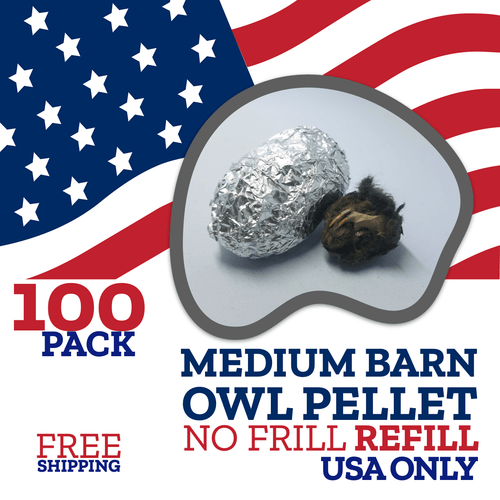|
When it comes to ensuring an animal population stays healthy, what are some of the biggest ways humans can help?
-
Maintaining a Diverse Gene Pool
A diverse gene pool means healthier animals. They’re able to pass on helpful genetics, are better able to withstand disease, and overall are healthier in their environments. When populations get low, all future generations are vulnerable to becoming weak, due to a lack of diverse genes passed on.
To help this, new animals of the same species can be introduced into a population with low genetic diversity in order to bring in new genes and produce healthier offspring.
-
Protecting Habitats
When an animal’s habitat becomes fragmented, they are at risk of becoming isolated from the rest of their population. Groups become separated, which prevents them from mating with other animals of their species outside of their isolated habitat.
When they’re stuck within an isolated population, they’re more at risk to get into an inbreeding loop, which can turn into an extinction vortex. This means that the isolated animals continue to inbreed with each other, producing weaker and weaker offspring. By protecting habitats, animals can move around freely and mate with other animals of their species.
-
Balancing Populations of Predators and Prey
Ensuring there’s a healthy balance of predators and prey is essential to keeping animals healthy. Along with this, making sure an animal doesn’t go over it’s carrying capacity is also important to maintaining species.
Those who work in wildlife management have an important role in helping species stay at healthy population numbers and mitigating human-animal conflicts. Read more in our blog post, What’s the Point of Wildlife Management?
|



